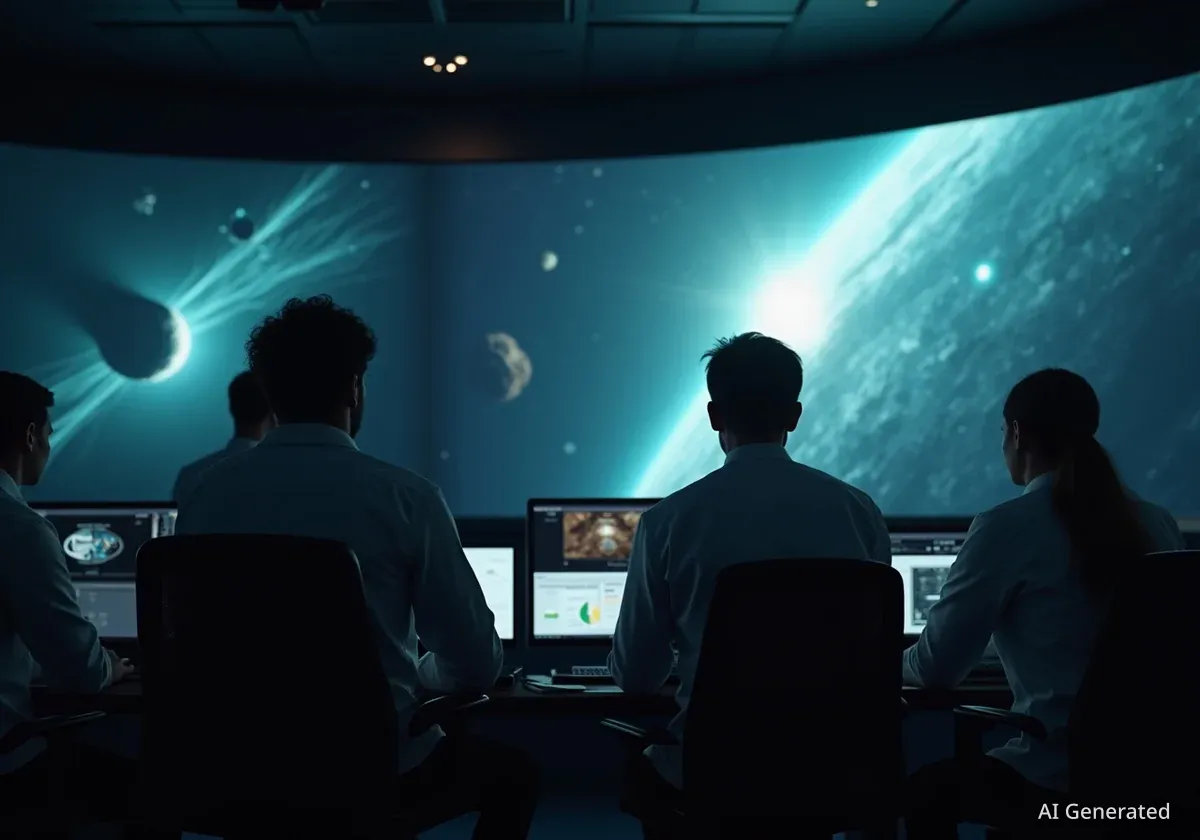
Europe Unveils New Plan to Defend Earth from Asteroids
The European Space Agency is expanding its planetary defense program with new missions to detect, study, and deflect potentially hazardous near-Earth asteroids.
11 articles tagged

The European Space Agency is expanding its planetary defense program with new missions to detect, study, and deflect potentially hazardous near-Earth asteroids.

Astronomers have discovered a small asteroid, 2025 PN7, acting as a temporary 'quasi-moon' to Earth. The object has been following our planet for 60 years.

The European Space Agency has proposed the Ramses mission to study the 375-meter asteroid Apophis during its exceptionally close flyby of Earth in 2029.
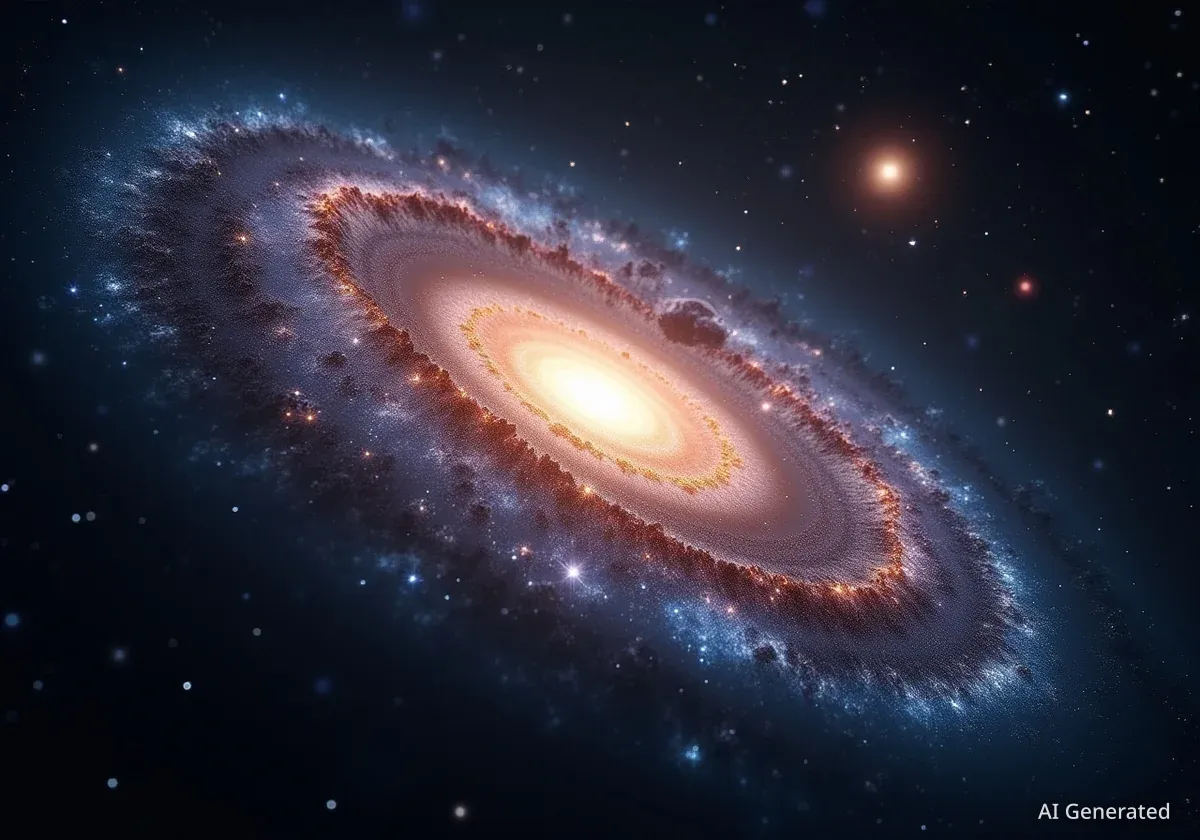
A new Hubble image of spiral galaxy NGC 6000 reveals the life cycle of its stars and the unexpected trail of a photobombing asteroid from our solar system.

An asteroid between 3 and 10 feet wide flew 265 miles above Antarctica last week, an altitude similar to the ISS, but was not detected until hours after it passed.
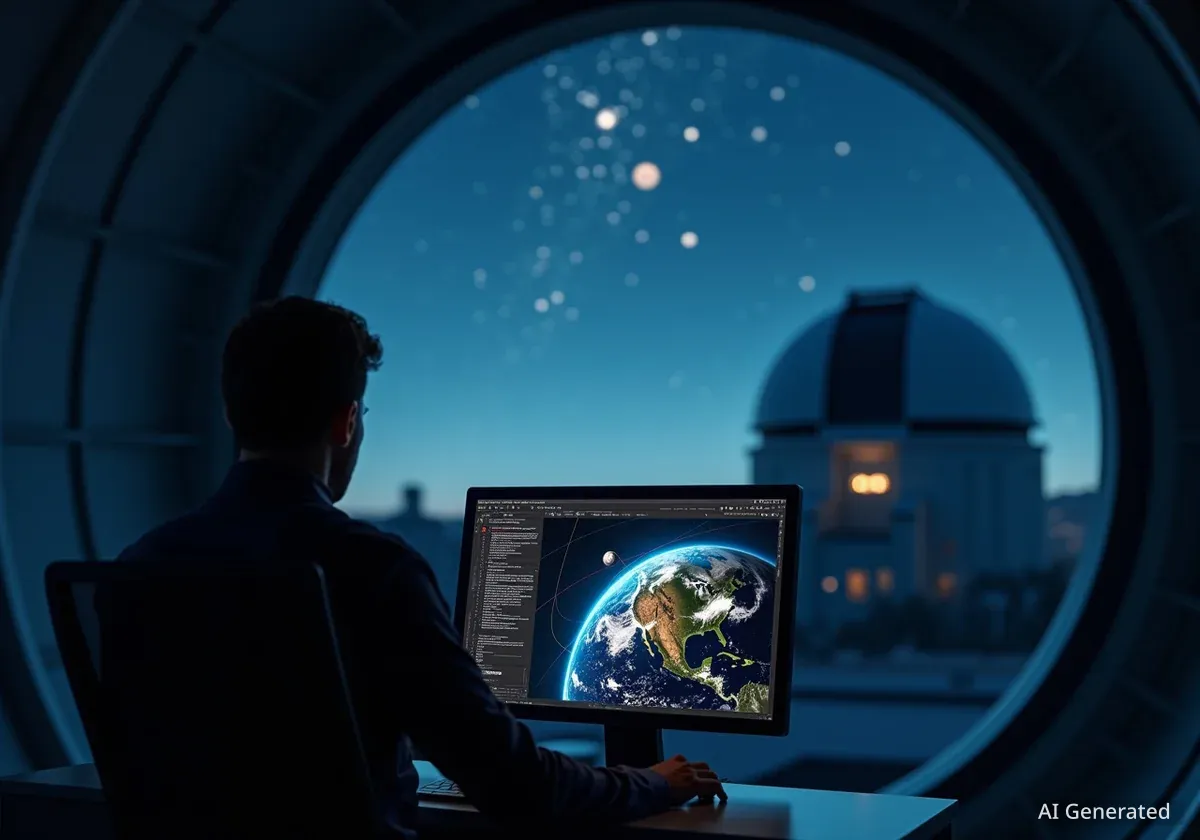
Asteroid 2025 TF recently passed Earth at an altitude similar to the ISS, posing no danger. The 1-3 meter object was tracked by ESA astronomers after its discovery.
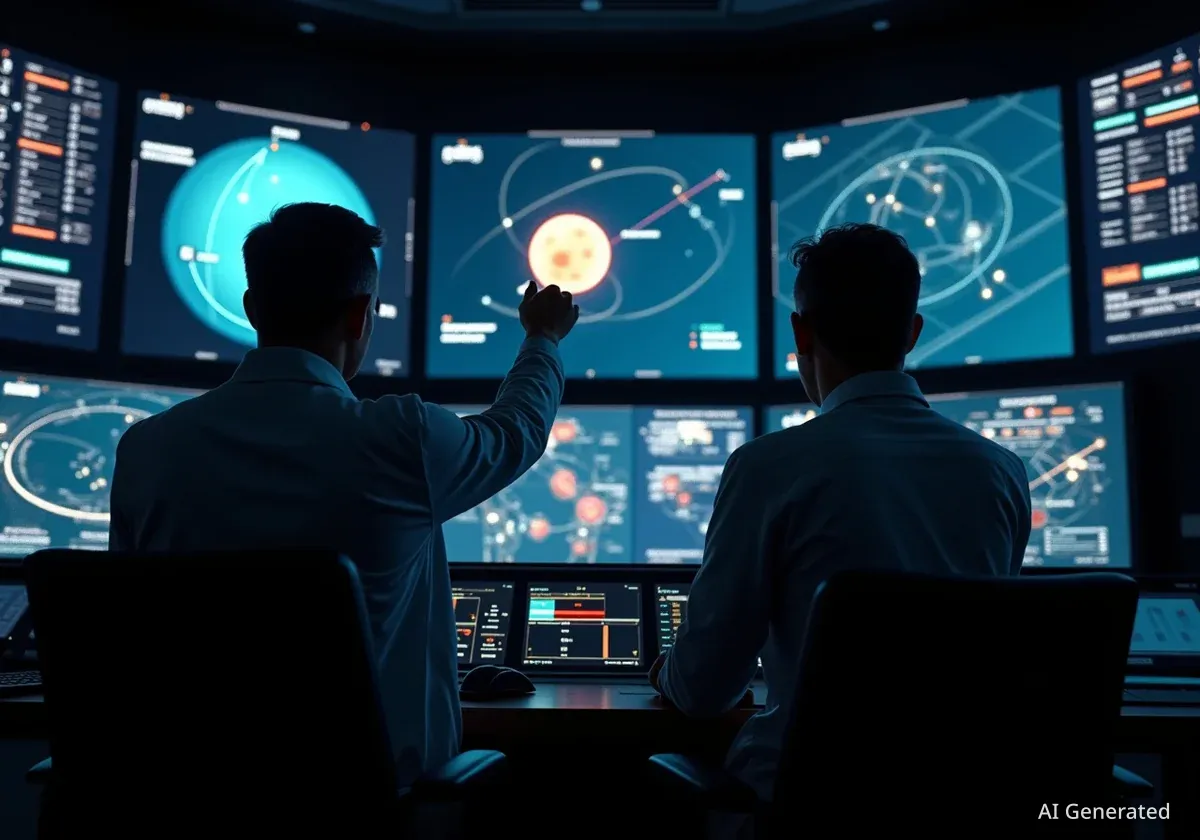
Scientists are evaluating options, including nuclear disruption and deflection, for an asteroid with a 4.3% chance of hitting the Moon in 2032.
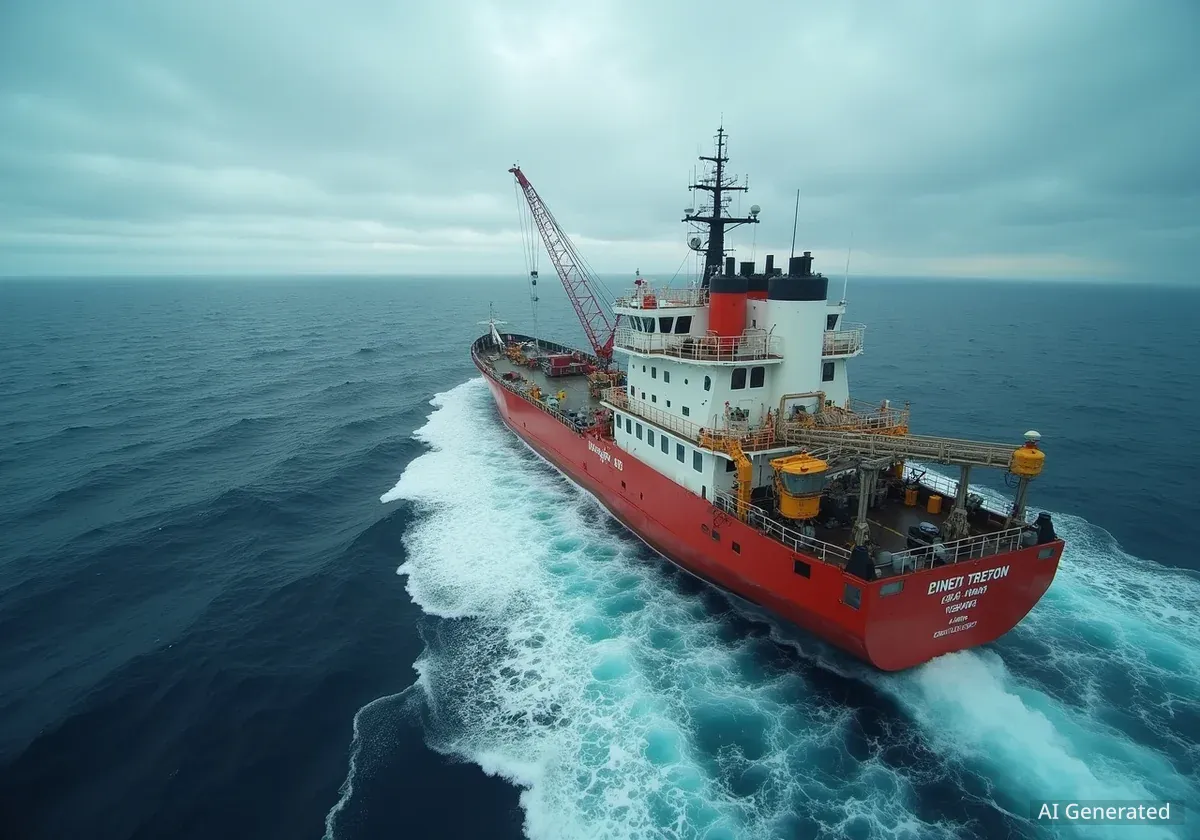
After two decades of debate, scientists have confirmed the Silverpit Crater in the North Sea was formed by an asteroid impact 43 to 46 million years ago.
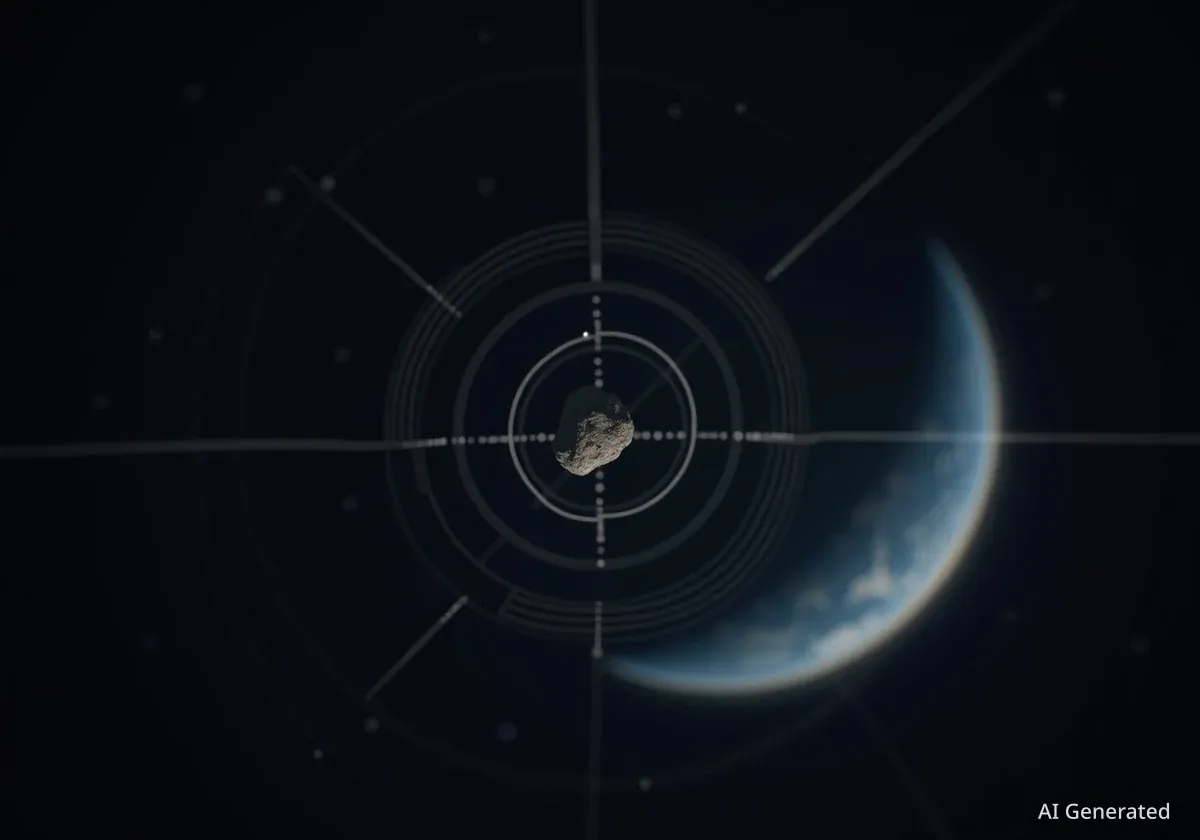
A scientific team has proposed using nuclear explosives to neutralize asteroid 2024 YR4, which has a 4% chance of impacting the Moon in 2032.

Three international space missions are set to observe the asteroid Apophis during its close but safe flyby of Earth on April 13, 2029.
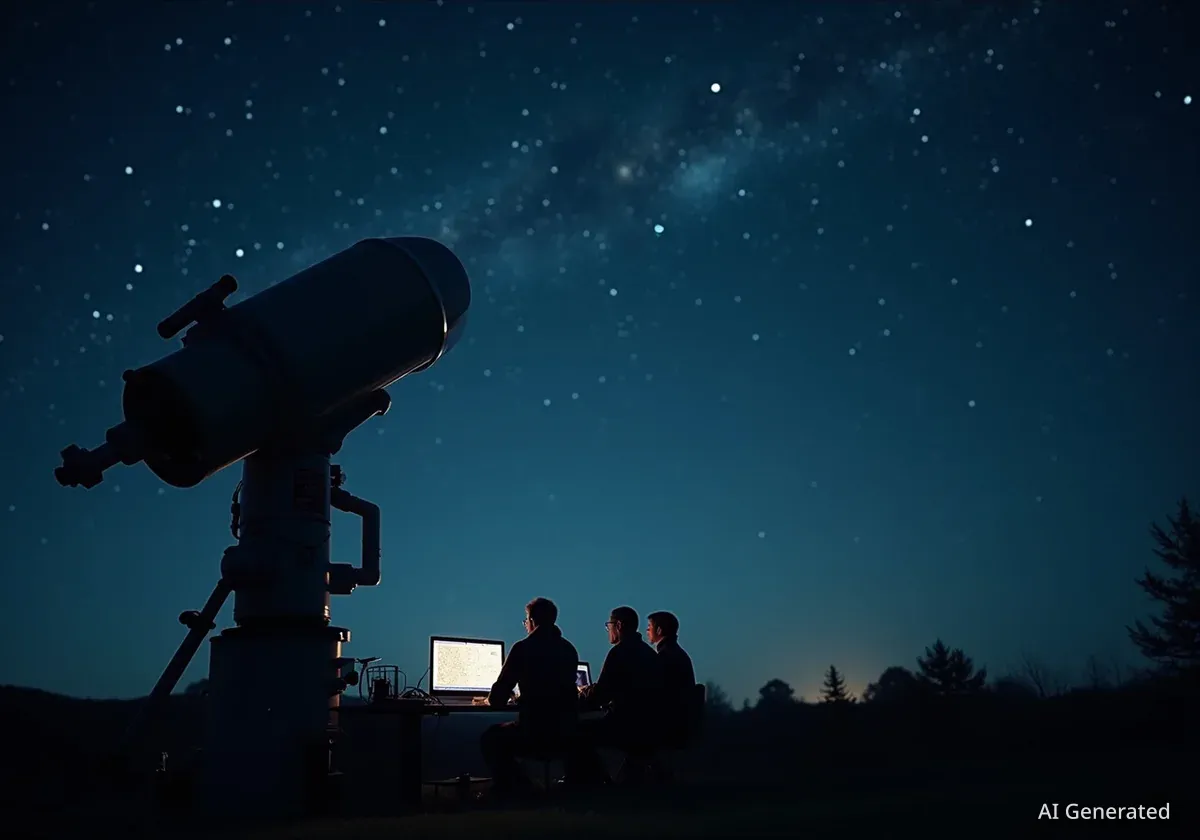
An asteroid the size of a large monument, designated 2025 FA22, will make a safe but close pass by Earth on September 18, offering a live viewing opportunity.